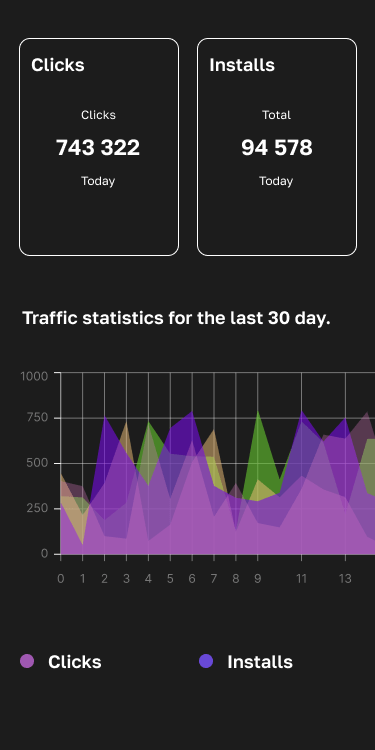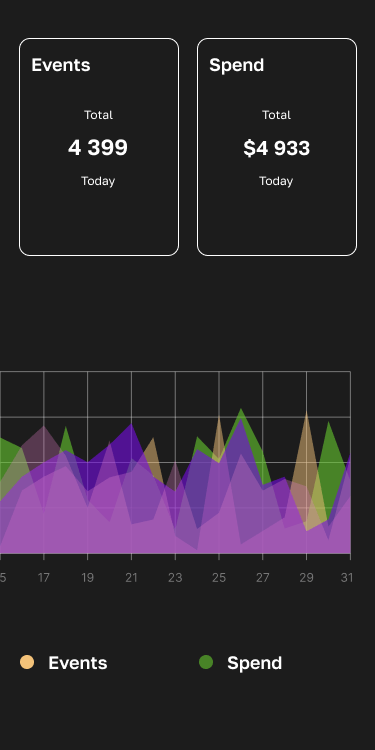Original-equipment-manufacturer (OEM) traffic is the volume that lives inside the phone (setup flow, system folders, brand app stores). Until recently you had to buy it by sending a CSV to an account manager. In 2025, the biggest Android vendors finally speak real-time bidding (RTB) — but support is uneven. Below is a beginner-friendly map of what actually works right now.
1. The plumbing: OpenRTB 2.5 is the common language
All live OEM endpoints use the stable 2.5 spec. The 2024-25 update added ID-provenance fields and Privacy-Sandbox test switches, so bid requests now carry flags that show where a device ID came from and whether it’s a Protected-Audience cohort.
Good to know: you’ll still see custom ext objects for placement type (setup-wizard, push, lock-screen).
2. Who really supports programmatic?
| OEM | RTB status | Notes you care about |
| Xiaomi – Mi Ads | Full via Vungle Exchange (oRTB 2.5) | Bids arrive in USD; supply-chain (schain) object present; macros for install-referrer work. |
| OPPO – ColorOS/Device+ | Direct Real-Time API (JSON clone of ORTB) | DSP access opened Q1 2025; 200 % more bid requests after DSP rollout; supports multi-bid strategies. |
| Transsion – Eagllwin | Private beta “oRTB-lite” | Currently test only for rewarded & interstitial; full launch promised H2 2025. |
Tip: if your DSP can already parse ORTB 2.5, Xiaomi inventory is the easiest plug-in; OPPO may need a quick adapter for field names.
3. Creative standards you’ll meet
- MRAID 3: accepted for expandable and lock-screen units across Xiaomi and OPPO.
- VAST 4.2: Xiaomi video splash; OPPO feed video.
- Native: all three vendors embed the IAB native object inside imp.native.
4. Viewability & verification in 2025
- Open Measurement (OM) SDK 1.4 is now bundled with Google Mobile Ads SDK 18.1, which most OEM system apps rely on—so third-party vendors (MOAT, IAS, DoubleVerify) can measure standard display/video impressions.
- Samsung & LG added OM support for mobile-TV surfaces in 2024, showing the spec is spreading across hardware families.
- Reality check: OM works out-of-the-box for Xiaomi lock-screen and OPPO feed units; Transsion’s beta feed is not yet certified.
5. Four-step starter checklist
- Confirm endpoint flavour. Ask your DSP if they already ingest Xiaomi (Vungle Exchange) or OPPO Real-Time API JSON.
- Map custom fields. At minimum parse ext.scene (placement) and ext.devicetoken (Android 15 ID replacement).
- Attach OM JavaScript. If your creative tags already declare omid_partner_name, viewability will auto-fire on Xiaomi/OPPO supply.
- Start with test bids at $2 CPM. Win-rates are high —> scale comes fast; then fine-tune with oCPC or tCPA inside the vendor console.
Key takeaways:
- OpenRTB 2.5 is table-stakes — but each OEM adds its own wrapper.
- Xiaomi is turn-key programmatic today; OPPO is next; Transsion still warming up.
- Open Measurement is usable for display & native; video verification is catching up.
Follow the checklist above and you can start buying on-device impressions programmatically — without drowning in acronyms. That’s one less barrier between your UA budget and the users who see your ad the moment they unbox a new phone.










